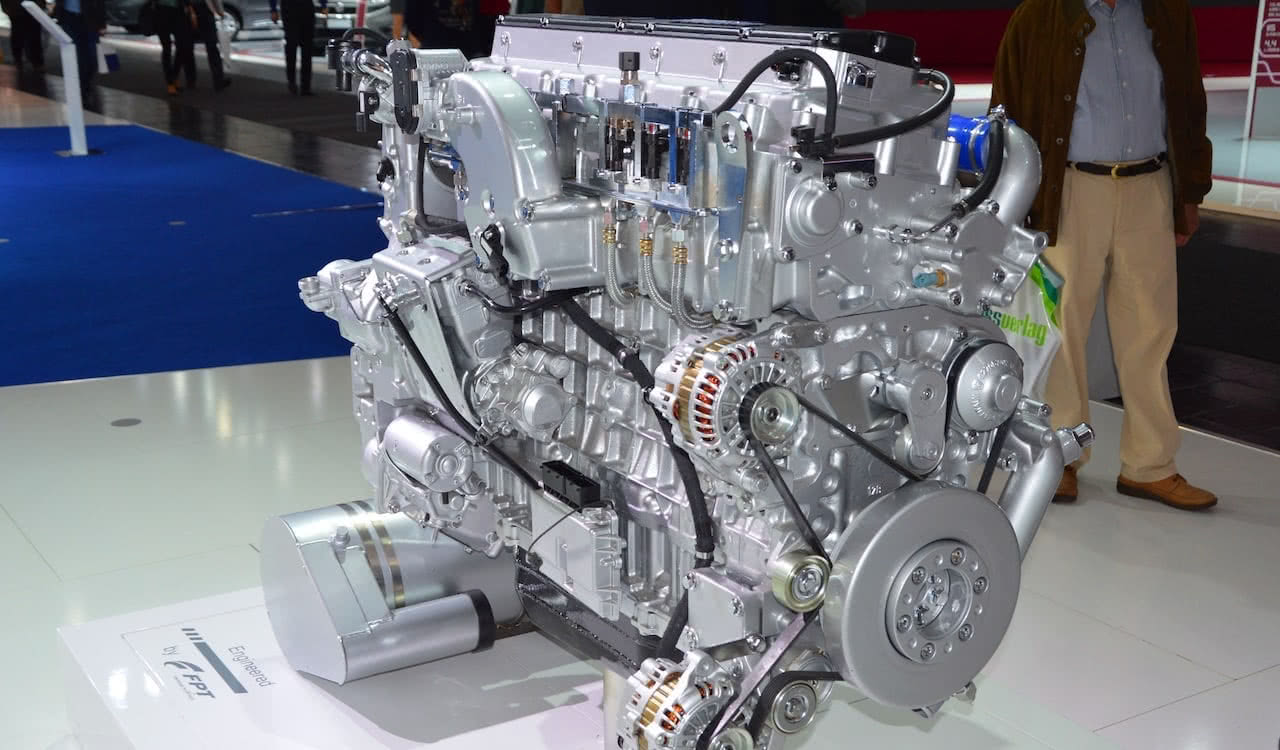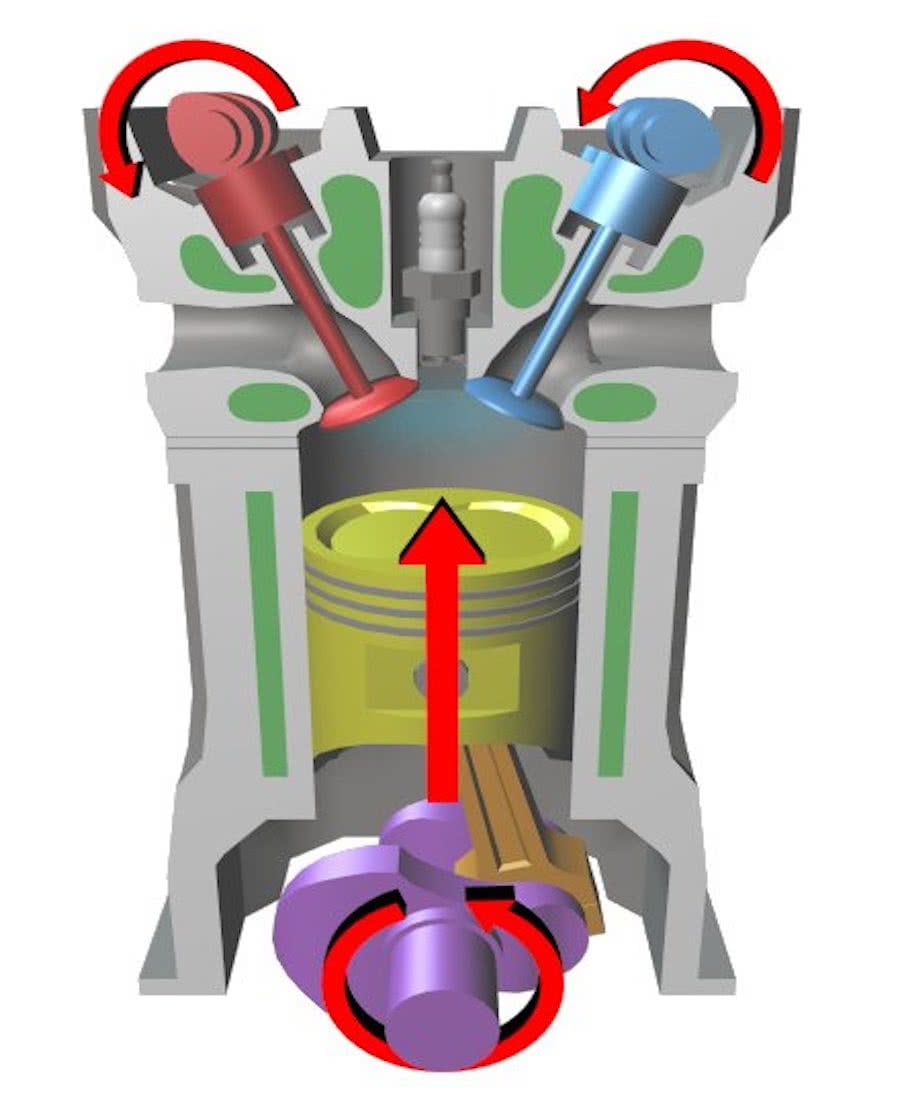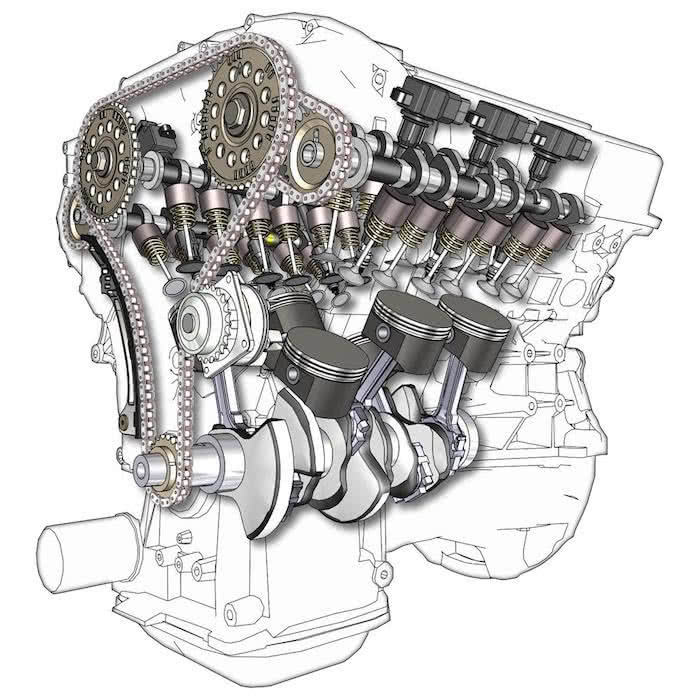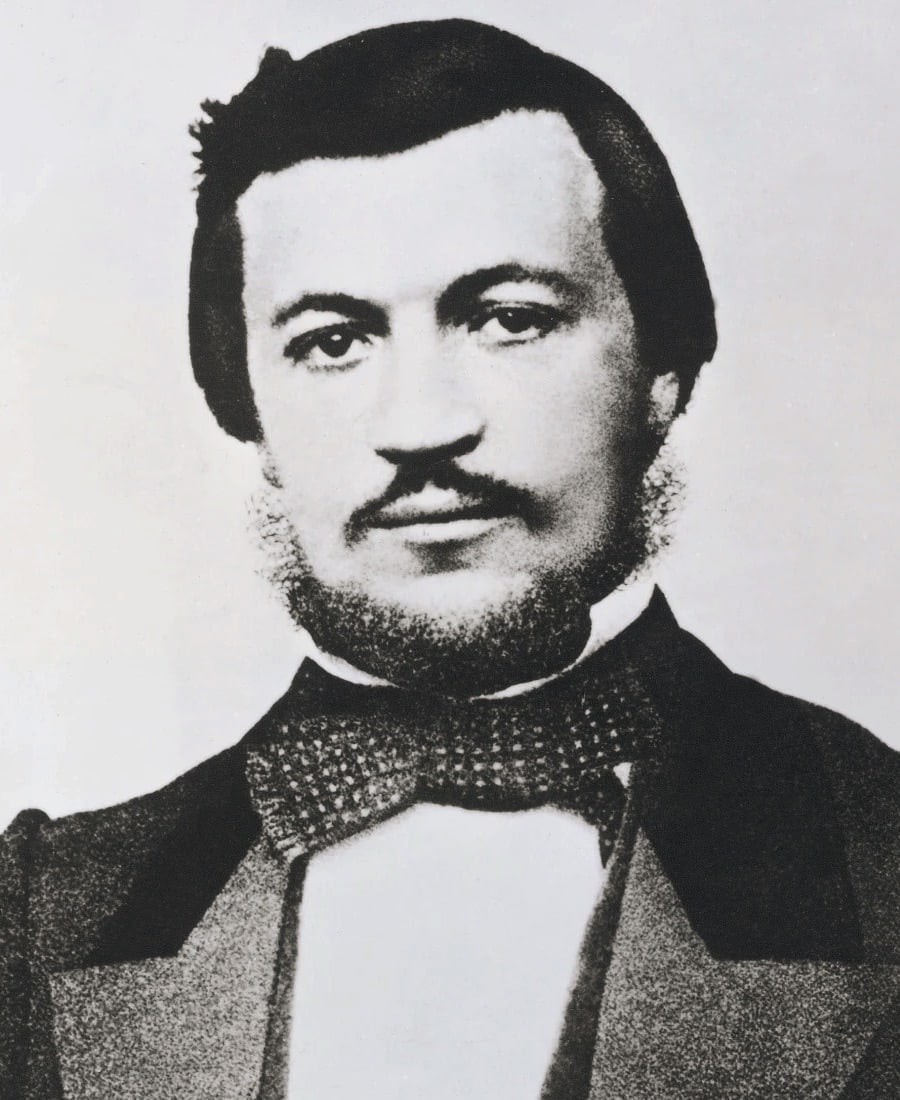What is the Otto Cycle? Have you heard it before? We are surrounded by engines: in cars and motorcycles, on boats, and of course, in planes. But, how do they work? And in the case of our aeroplanes, how does a combustion engine work?
This is where the Otto Cycle comes into play, the process by which the majority of internal combustion engines work. But, before we get carried away, here is an educational video summarising visually what we’re about to explain. Enjoy!







